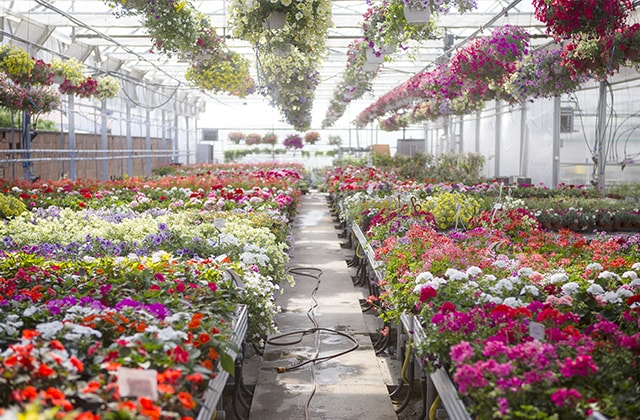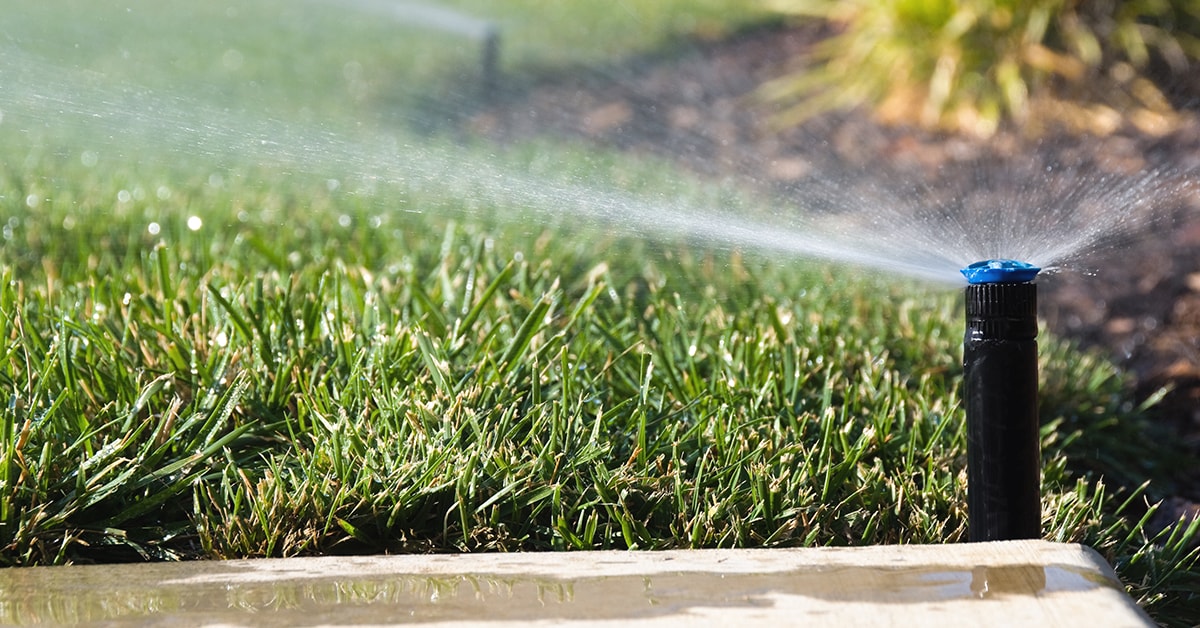The remarkable qualities of annuals
- Their early blooming produces an immediate impact in the garden.
- Their abundant and continuous blooming keeps beds colourful throughout the season.
- The wide number of varieties makes it possible to vary colours and layouts every year at relatively little cost.
- They require very little maintenance and are not invasive.
















